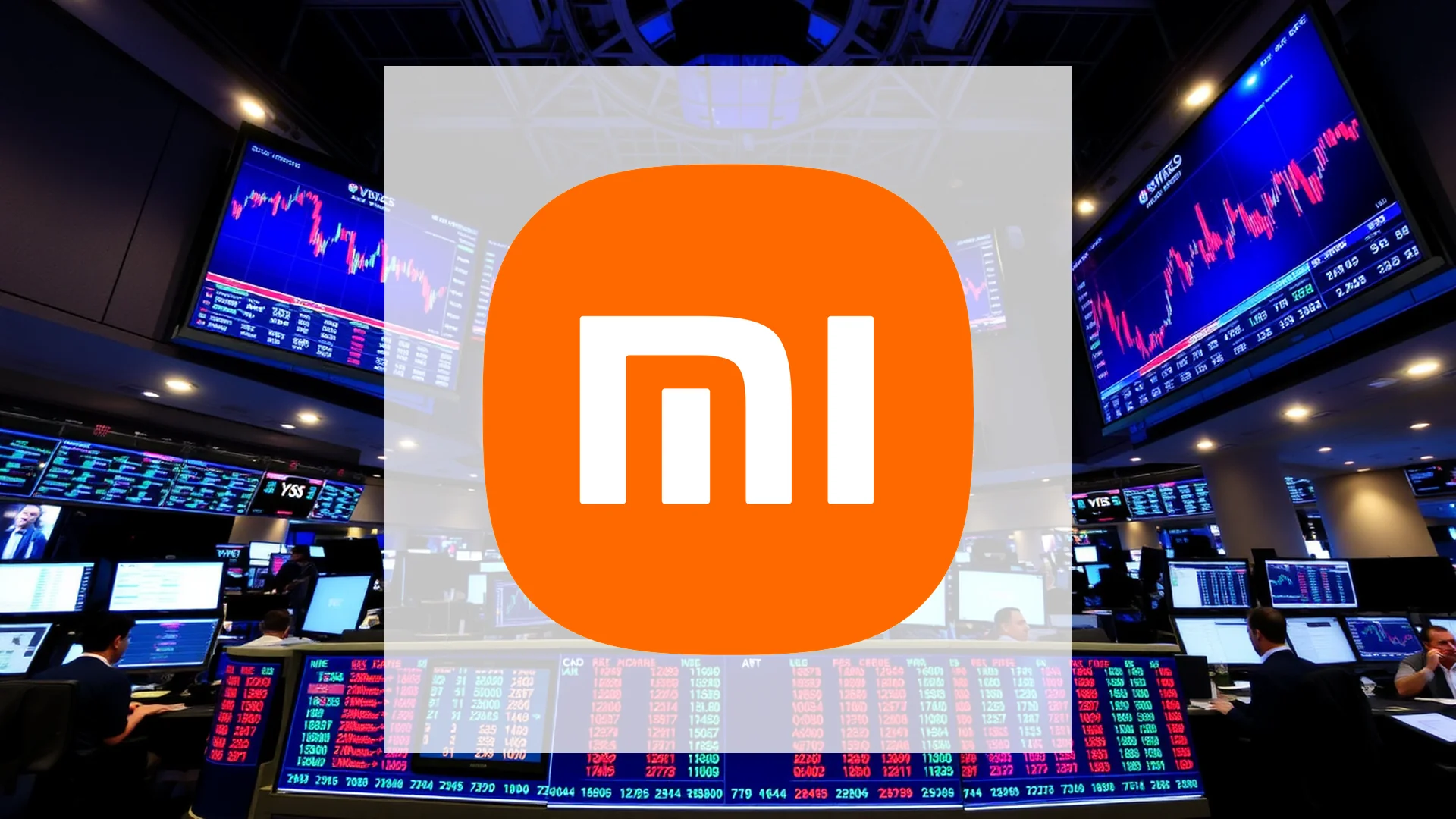Chinese tech conglomerate Xiaomi is executing a significant strategic reversal, halting all new investments in what was once a crucial growth market: India. This dramatic shift comes amid escalating regulatory challenges and the freezing of substantial corporate assets. However, as one chapter closes, the company is aggressively writing another, finding unexpected momentum in the competitive electric vehicle sector.
The decision to curtail operations in India follows months of mounting tension with local authorities. Regulatory bodies have frozen approximately $560 million of Xiaomi’s funds amid investigations into allegedly illegal financial transfers. This financial constraint coincides with a severe contraction in the company’s market position. Smartphone shipments plummeted by 23.5% in the second quarter, resulting in Xiaomi dropping out of India’s top five smartphone vendors for the first time in years.
This move reflects a broader pattern of increasing scrutiny faced by Chinese technology firms in India since 2020. In response, Xiaomi is strategically reallocating its focus toward markets with more predictable regulatory environments, building its future on two core pillars of growth.
Counterbalancing its Indian retreat, Xiaomi’s electric vehicle division is experiencing remarkable success in its domestic market. The company’s recently launched models, the SU7 sedan introduced in March and the new YU7 SUV, have propelled it into the ranks of major EV manufacturers. With sales reaching 36,396 units in August alone, Xiaomi secured the 10th position in China’s New Energy Vehicle (NEV) sales rankings. Capturing a 3.3% market share, the company is establishing itself as a credible contender in China’s fiercely competitive electric auto industry.
Should investors sell immediately? Or is it worth buying Xiaomi?
Simultaneously, Xiaomi is advancing its position in the high-end smartphone segment. The company has announced the upcoming Xiaomi 15T series, developed in partnership with Leica for its camera systems, scheduled for unveiling in Munich on September 24th. This launch directly targets the premium market segment, aiming to bolster the company’s profit margins.
For investors, the critical question remains whether the explosive growth of the EV business can sufficiently offset the declining revenue from the Indian market. India served as a cornerstone of Xiaomi’s international expansion strategy for years, making its loss particularly significant.
Xiaomi’s near-term performance will largely depend on two key factors: market reception of its new premium smartphone lineup and its ability to generate scalable profits within the capital-intensive automotive sector. The company is making a calculated swap—exchanging an established yet increasingly precarious operation for the opportunity to achieve dominance in two high-value, future-oriented industries. The success of this strategic gamble will become evident in upcoming quarterly earnings reports.
Ad
Xiaomi Stock: Buy or Sell?! New Xiaomi Analysis from December 19 delivers the answer:
The latest Xiaomi figures speak for themselves: Urgent action needed for Xiaomi investors. Is it worth buying or should you sell? Find out what to do now in the current free analysis from December 19.
Xiaomi: Buy or sell? Read more here...












